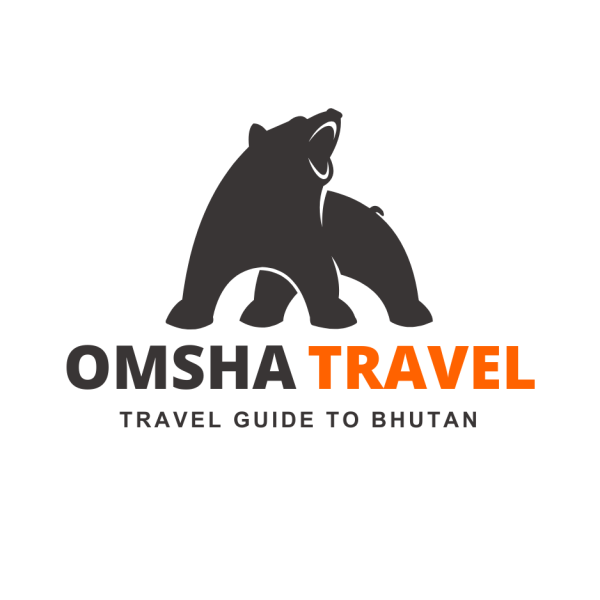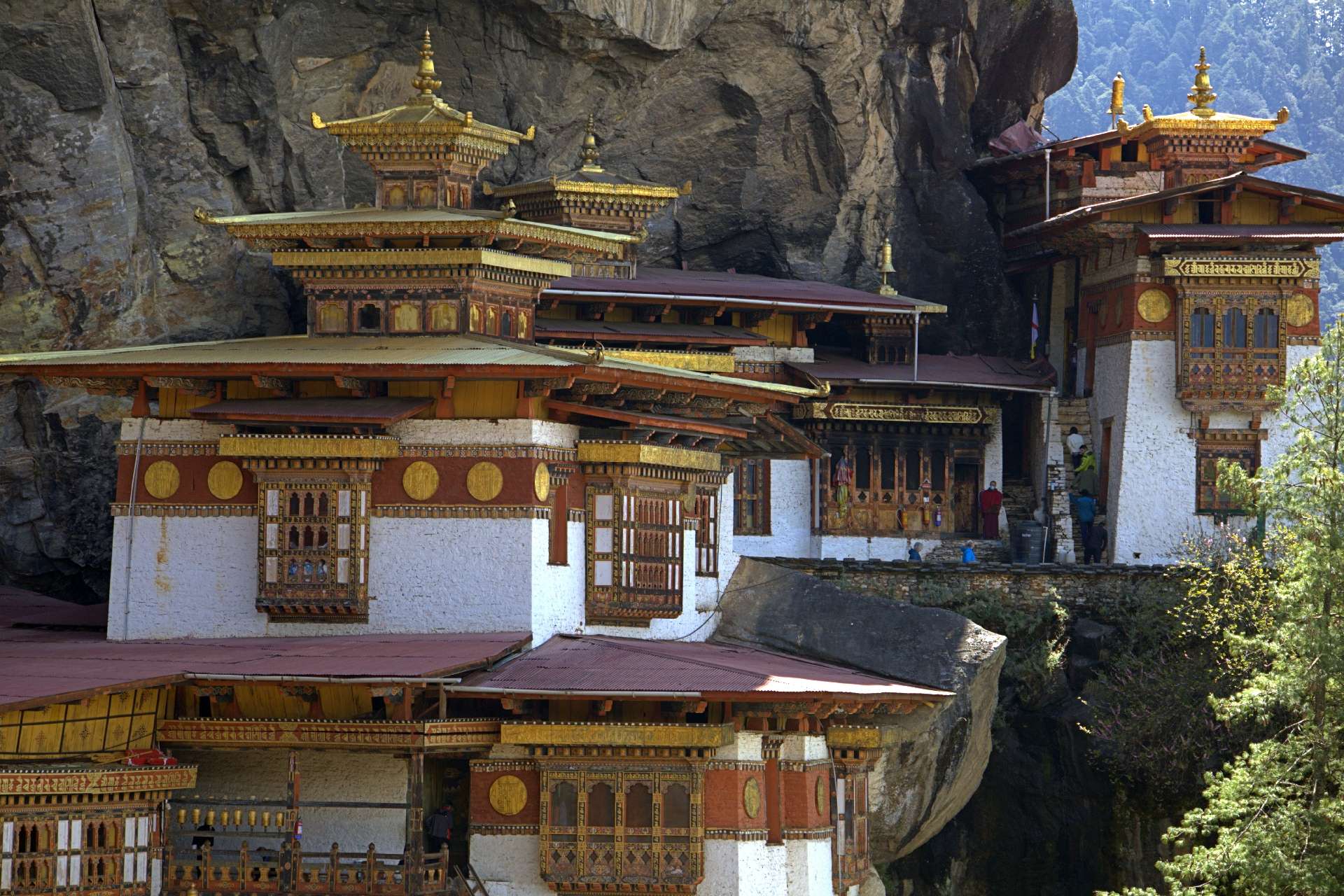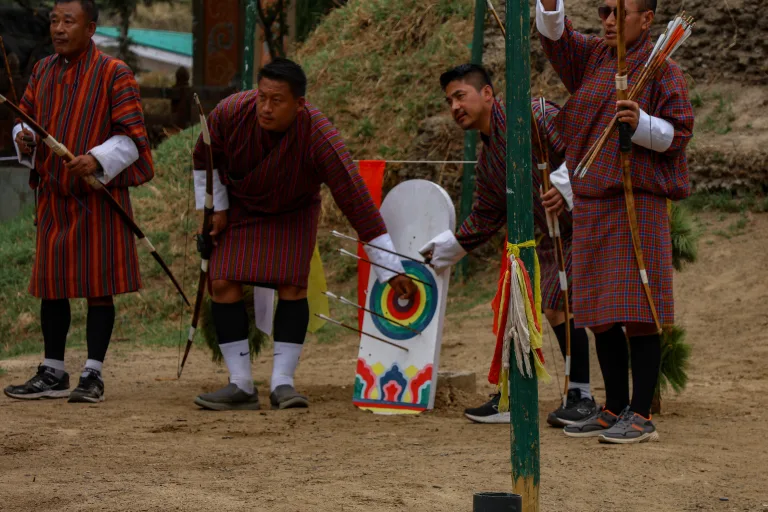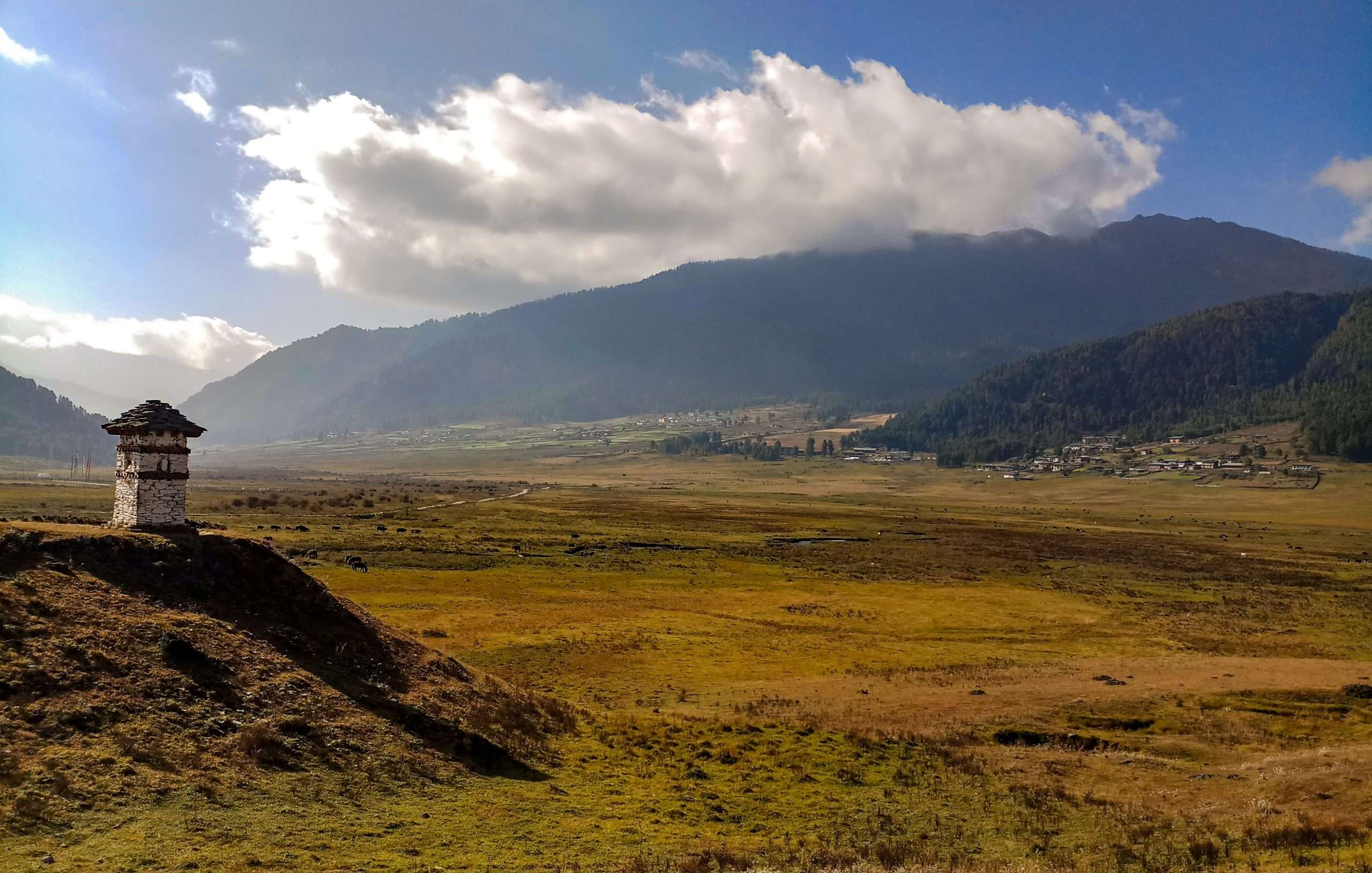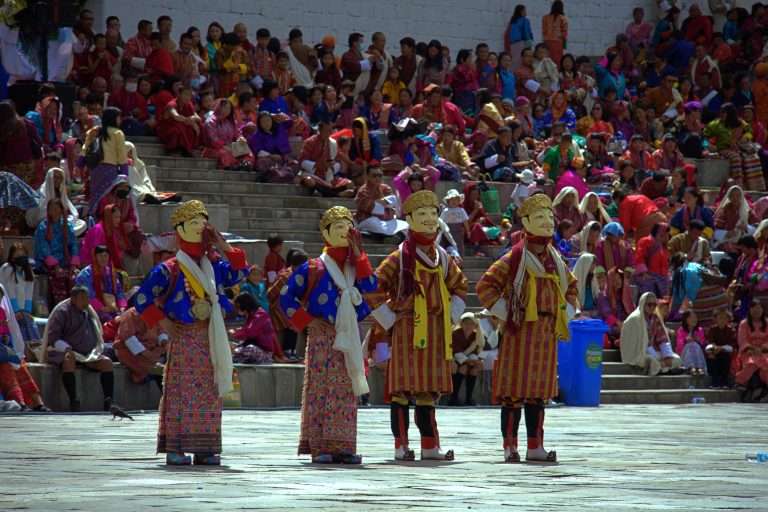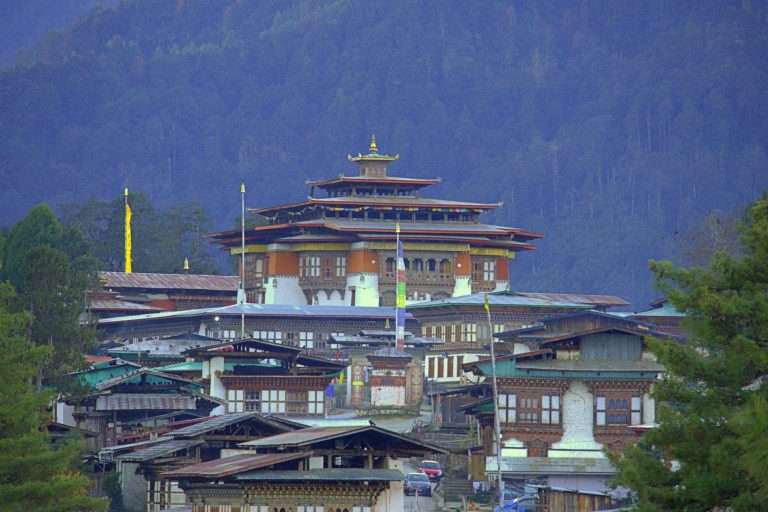If you’re dreaming of visiting Bhutan, the peaceful Himalayan kingdom known for its dramatic landscapes, rich traditions, and the philosophy of Gross National Happiness, this complete guide to planning your trip to Bhutan is exactly what you need.
Bhutan is unlike any other destination—it maintains a delicate balance between progress and preservation, modernity and tradition. However, because of its unique tourism policy and controlled visitor access, planning a trip to Bhutan requires some preparation. In this blog, we’ll cover everything from visa requirements and best times to visit, to recommended itineraries and travel tips—so you can embark on your Bhutan adventure with confidence.
1. Why Travel to Bhutan?
Bhutan isn’t just a place—it’s an experience. It’s the last remaining Buddhist kingdom in the world, where temples outnumber traffic lights, and life moves in harmony with nature and tradition.
Top reasons to visit Bhutan:
- Stunning Scenery: From the snow-covered peaks of the Himalayas to lush green valleys and pristine rivers.
- Unique Culture: Bhutan has preserved its culture and traditions like no other nation.
- Spiritual Retreat: Peaceful monasteries and meditation centers offer spiritual solace.
- Adventure Opportunities: Great trekking, birdwatching, river rafting, and nature experiences.
- Friendly People: Bhutanese hospitality is warm and heartfelt.
2. Understand Bhutan’s Unique Travel Policy
Bhutan’s tourism operates under a “High Value, Low Volume” model. This means that the country prioritizes quality over quantity of tourists, aiming to protect its environment and culture. Therefore, when visiting Bhutan, all international tourists are required to pay the Sustainable Development Fee (SDF), a government-imposed charge designed to promote sustainable tourism.
Key things to know:
- Independent travel is not encouraged. Planning your trip through a licensed Bhutanese tour operator is strongly recommended and, in many cases, necessary.
- SDF for International Visitors: USD 100 per night per person
- SDF for Indian Nationals: INR 1,200 per night per person
Tour operators like OMSHA Travel handle all bookings, permits, and logistics for a smooth experience.
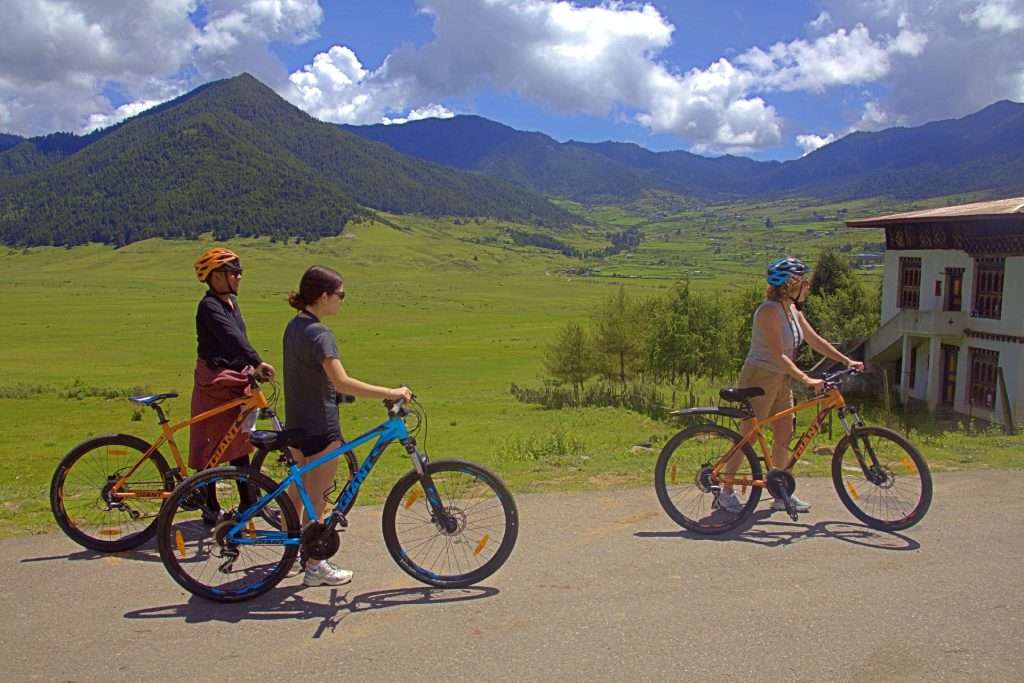
3. Who Needs a Visa to Visit Bhutan?
Visa and entry requirements differ based on nationality:
- International travelers (except India, Bangladesh, Maldives): The visa is only approved after full payment (including SDF and tour costs).
- Indian nationals: Require an entry permit, which can be processed online or upon arrival.
- Bangladeshi and Maldivian nationals: Enjoy similar relaxed permit rules.
Your tour operator will assist you with the Bhutan visa process. Feel free to contact us for support with your visa application.
4. Best Time to Visit Bhutan
Bhutan’s weather varies with altitude and season, but each period offers a unique experience:
The best time depends on your interests:
- Spring (March–May): Rhododendron blooms, ideal for trekking.
- Autumn (September–November): Clear skies, major festivals.
- Winter (December–February): Snowy mountains, fewer tourists.
- Summer (June–August): Green landscapes, off-season rates, but occasional rains.
Read more: Best time to visit Bhutan
5. How to Get to Bhutan
Bhutan has only one international airport—Paro International Airport (PBH). It is connected to select cities by Drukair and Bhutan Airlines.
Direct Flights to Bhutan:
- From India: Delhi, Kolkata, Guwahati, Bagdogra
- From Nepal: Kathmandu
- From Thailand: Bangkok
- From Singapore
- From Bangladesh: Dhaka
- United Arab Emirates: Dubai (DXB)
- Seasonal/chartered flights: From Vietnam and Hong Kong (limited fixed departures)
Note: Flights to Bhutan offer stunning aerial views of the Himalayas, including Mt. Everest—choose a window seat!
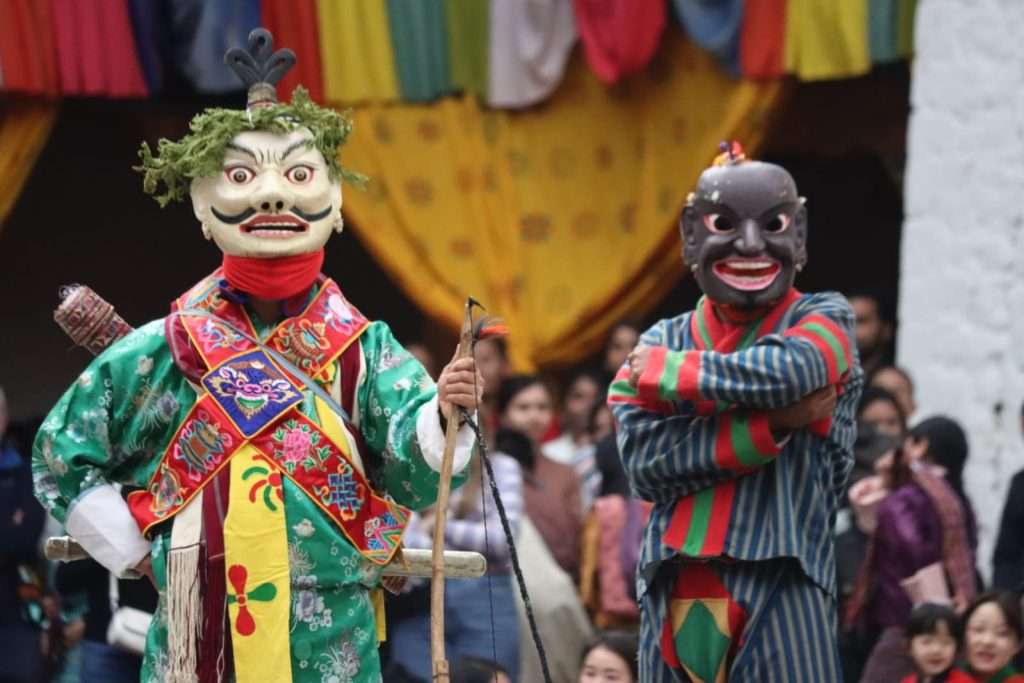
6. How to Choose the Right Itinerary
Your Bhutan itinerary depends on your travel style, duration, and interests.
🗓️ 4-5 Days: Highlights Tour
- Paro: Tiger’s Nest Monastery
- Thimphu: Capital city experiences
- Punakha: Punakha Dzong, river rafting, countryside
🗓️ 7-9 Days: Nature and Culture
- Add Phobjikha Valley or Gangtey for landscapes and cranes (in winter)
- Visit Dochula Pass for panoramic Himalayan views
- Optional: monastery stay for spiritual immersion
🗓️ 10+ Days: Deep Dive into Bhutan
- Travel east to Bumthang, the spiritual heart of Bhutan
- Include less-visited destinations like Trongsa or Lhuentse
Your operator will design a tailor-made itinerary that reflects your preferences and priorities.
Here’s the suggested itineraries:
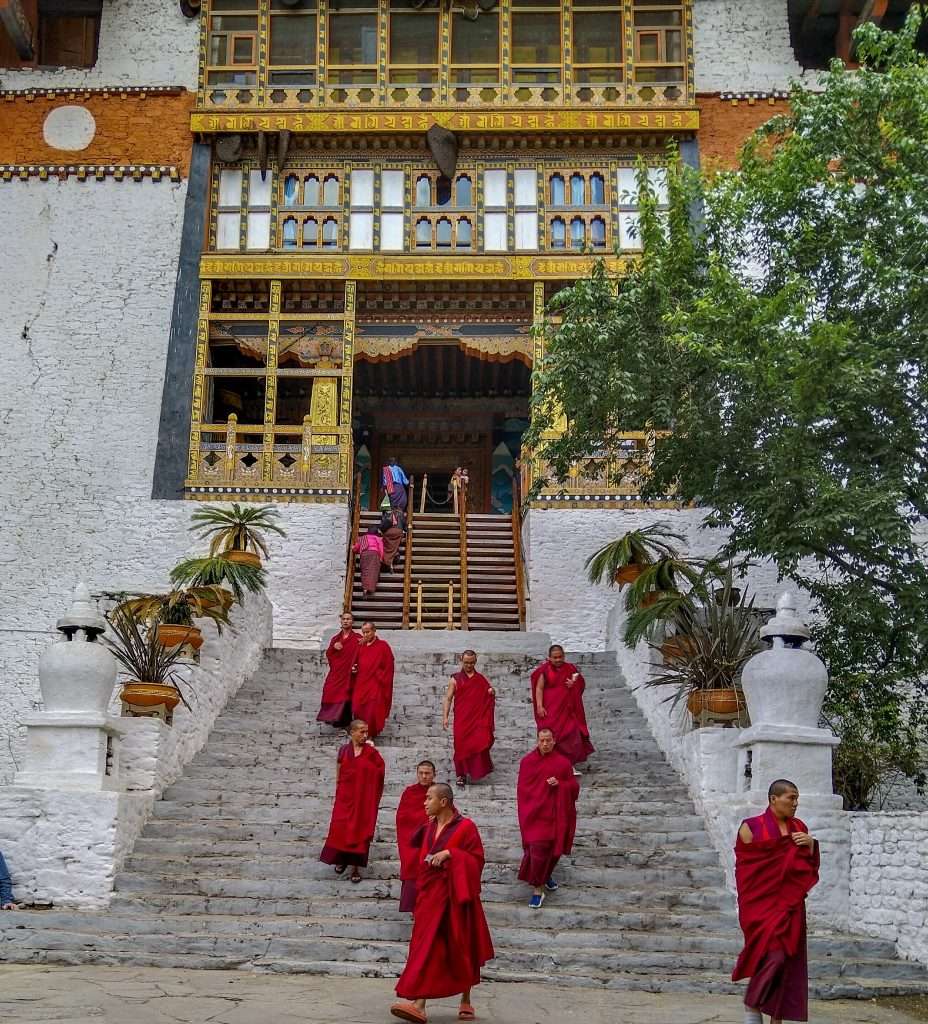
7. Where to Stay in Bhutan
Accommodation options in Bhutan range from basic to ultra-luxury:
- Homestays: Best for cultural exchange and local food. Stay are clean and comfortable
- 3-star Hotels: 3-star hotels in Bhutan offer more than just cleanliness and comfort—they provide warm hospitality, essential amenities, and a pleasant atmosphere for a restful stay.
- Luxury Resorts: Think Six Senses, COMO Uma, Amankora, and Pemako Hotels
8. Festivals You Should Not Miss
Bhutan’s festivals, or Tshechus, are grand religious events with masked dances, music, and community celebrations.
Top festivals to attend:
- Paro Tshechu (Spring)
- Thimphu Tshechu (Autumn)
- Punakha Dromche (Winter)
- Jambay Lhakhang Drup (Bumthang, October/November)
Planning Tip: Book early—festivals attract both locals and tourists, and accommodations & flights get filled quickly.
9. What to Pack for Bhutan
Pack according to the season and your itinerary. Here’s a quick checklist:
- Warm layers – especially for mornings and evenings
- Comfortable walking shoes – essential for temple visits and short hikes
- Rain jacket or umbrella – for monsoon season
- Modest clothing – long sleeves and trousers for temple visits
- Camera and power bank – scenic views and limited charging in remote areas
10. Practical Information
- Language and Communication: Basic Dzongkha Phrases:
- Welcome: Jhamba lekso
- Hello (General greeting): Kuzu zangpo la
- How are you?: Choe gadey bey yoe?
- What’s your name?: Chhoegi ming gachi mo?
- Goodbye (Parting phrases): (Lok shu ley jel gey) – See you later
- Thank you: Kadrin chhe La
- Good luck!: Tashi delek!
- Internet and Mobile Connectivity: SIM cards available, Wi-Fi available in all hotels.
- Electrical Outlets and Voltage: 230V, 50Hz. Plugs type C, D, and G.
- Time Zone: Bhutan Time (BTT), UTC +6.
11. Why Use a Tour Operator Like OMSHA Travel?
Though Bhutan now allows more flexible travel, having a local expert manage your trip offers major benefits:
- Hassle-free planning: From flights and visas to hotels and transportation
- Local insight: Personalized itineraries with insider access to hidden gems
- Better bookings: Secure accommodations
- Reliable payments: Avoid international transfer issues and bank charges
At OMSHA Travel, we offer custom-designed tours for families, couples, solo travelers, and photographers—tailored to your pace and preferences.
Conclusion: Start Your Bhutan Journey with Confidence
Planning a trip to Bhutan might feel a bit different than planning other destinations, but that’s exactly what makes it special. From dramatic landscapes and vibrant traditions to genuine hospitality, Bhutan rewards every visitor with a journey of meaning and wonder.
By using this complete guide to plan your Bhutan tour, you’ll be equipped to navigate every step—from permits to packing—with ease. And when in doubt, remember: a trusted Bhutanese tour operator can make all the difference.
So, are you ready to explore the Kingdom in the Clouds?
Let OMSHA Travel help you bring your dream Bhutan journey to life.
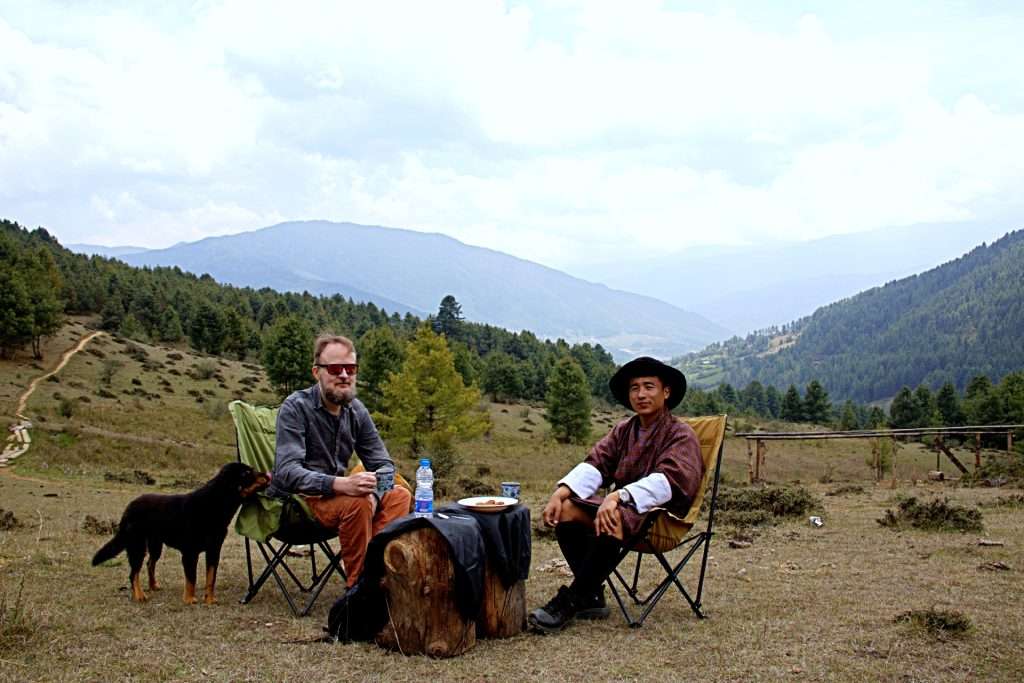
FAQs About Planning a Trip to Bhutan
Can I travel to Bhutan on my own?
Independent travel is not encouraged. Planning your trip through a licensed Bhutanese tour operator is strongly recommended and, in many cases, necessary.
How much does a Bhutan tour cost?
It varies by duration, season, and level of accommodation. A standard package starts from USD 250–350 per day including SDF, accommodation, meals, transport, and guide.
Is Bhutan safe for tourists?
Yes, Bhutan is very safe with low crime rates and warm, welcoming locals.
Do I need travel insurance for Bhutan?
Travel Insurance is recommended but not mandatory for Bhutan travel.
